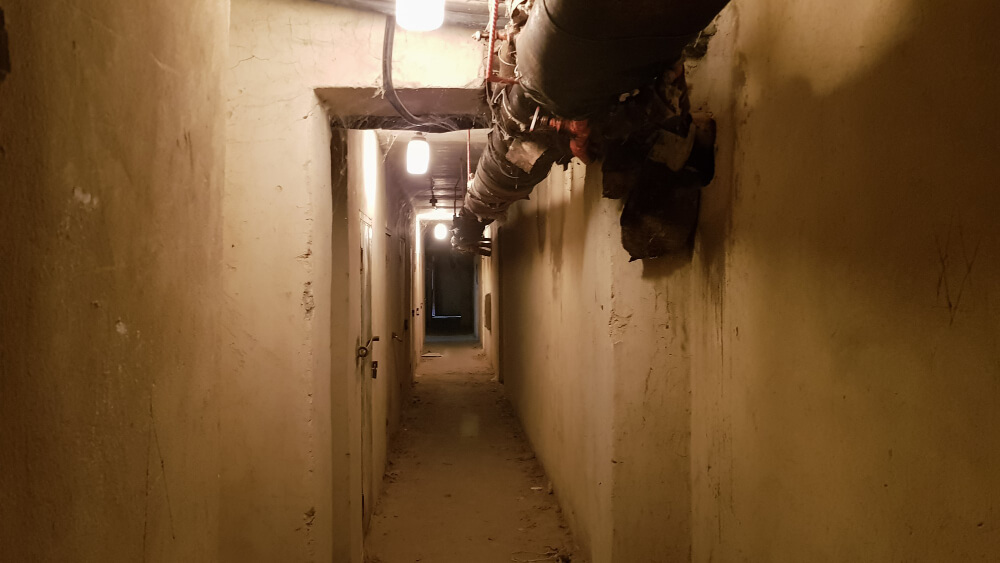Common Basement Drain Issues in the GTA: Why They Happen and How to Fix Them

Basement drain problems are one of those things that start off small and unnoticed but can turn into a serious situation before you even realize it. Many homeowners, all across the Greater Toronto Area, have slow drains, backups, and bad smells, assuming that it is just a little clog. However, most homeowners don’t understand that the basement drain is a central component of the entire plumbing system in the home. The drain is used in a variety of ways; it carries away the wastewater from the lathe and dry, from the floor drain, and sometimes from the sump pump too.
When that system fails, it becomes a perfect storm of flooding, flooring damage, and possible mould growth. Knowing the reasons for the problem and how to address them early can save thousands in repairs and headaches. Continue reading as we take you through the most common causes, what to watch out for, and how to best repair the issues for good.
The Role of Basement Drains in GTA Homes
Basement drains are responsible for collecting and carrying away wastewater. In most homes in the GTA area, these drains go directly to the main sewer line. Basement drains keep water from gathering on the basement floor and provide a safety mechanism during heavy rain events. When these drains are blocked or broken, any water can begin to back up, even a small amount.
Because basements are below the surface of the ground, gravity works against the flow of drainage. This is why it is crucial to keep this part of the plumbing system healthy, especially in older homes throughout Toronto, Mississauga, Brampton, and other surrounding areas.
Why Basement Drains Clog So Often in the GTA?
Basement drain issues are quite common in this region, mainly due to the mix of older plumbing infrastructure and weather changes. Several reasons can trigger a clog or slow drain:
- Buildup of sediment and debris: Dirt, soap scum, lint from laundry, and small debris can accumulate on the inside of the drain over time. After some time, water can flow slowly and eventually stop if there is enough buildup in the drain.
- Tree Root Intrusion: In many of Toronto and the GTA’s older neighbourhoods, large trees with deep tree roots are common. These trees naturally look for moisture, and often find their way into small cracks in the sewer pipes, blocking or breaking the pipes.
- Heavy rainfall and groundwater pressure: During the rainy months, water levels in the ground rise. When the water levels rise, at some point, the system can get overloaded, and the groundwater can force water back into the basement drain.
- Ageing clay or cast iron pipes: Older homes built before the 1980s probably still have clay or cast iron drains. Over time, these materials deteriorate, resulting in cracks or leaks that allow soil or tree roots to enter the drain and cause an obstruction.
Signs You’re Facing a Basement Drain Problem
Most problems don’t happen overnight. The signs often start small. Here’s what homeowners in the GTA should look out for:
- Slow Draining Water: If water takes longer to drain from the floor or laundry sink, that’s an early sign of blockage.
- Gurgling Sounds: When the drain or nearby toilet makes a bubbling sound, it means air is trapped in the pipes, usually due to a clog or vent issue.
- Sewer Smells: A musty or sewage-like smell is often a sign of dried traps or blocked pipes.
- Water Stains or Damp Spots: When the basement floor stays damp after rain, it may be due to poor drainage or minor backups.
- Frequent Backups: If water or waste comes up through the floor drain, it’s a serious issue that needs urgent attention.
How to Fix Basement Drain Problems?
Fixing a basement drain problem depends on what’s causing it. Some minor issues can be solved with regular cleaning, while others need professional help.
- Cleaning the Drain Line: For minor clogs, a plumber might use a mechanical snake or auger to clear debris. This works well for lint and soap buildup.
- Hydro Jetting: For tougher blockages like grease or roots, high-pressure hydro jetting is the best solution. It blasts away the buildup without damaging the pipes.
- Root Removal and Pipe Lining: If roots have entered the pipe, a video inspection can confirm the damage. In most cases, plumbers recommend trenchless pipe lining, which repairs the pipe from the inside without digging up your yard.
- Sump Pump Installation: For homes with groundwater issues, a sump pump helps move excess water away from the foundation and prevents basement flooding.
- Regular Maintenance: Getting your basement drain inspected once a year helps catch small problems before they become expensive.
The Impact of GTA’s Climate on Drain Performance
The weather in the Greater Toronto Area significantly impacts the type of work basement drains do. The combination of our cold winters and wet springs continually taxes the drains. When the ground freezes in the winter, it causes pipes to contract and may even crack them. When the ice begins to melt, water gushes inside and adds to the pressure.
Tree roots also take off in the summer heat and moisture, and will aggressively search for water in the underground drain system. Repeatedly, these cycles will take their toll on older plumbing and pipes. So caution is always warranted for homeowners who live near mature trees or in areas that get significant rainfall to clean their drains twice a year as a preventive, preemptive measure.
Why Basement Drain Backups Need Quick Action?
Basement drain backups are more than a nuisance. They can also be a health hazard. Sewage waste water contains bacteria and toxins that can seep into your floors and walls. Once the water penetrates the concrete, it can be difficult to remove.
Mold can grow within 24 to 48 hours, causing odors and potential health issues. If you have a basement drain that backs up, don’t ignore it. Make sure the water supply is shut off, avoid using any connected drains, and call a licensed plumber. Waiting to make repairs can make damage much worse.
Preventive Steps to Keep Basement Drains Clear
Keeping drains clear is easier than repairing them later. Here are some preventive habits that work well for GTA homes:
- Avoid pouring grease or chemicals down basement sinks.
- Use drain strainers to catch lint and debris.
- Check and clean floor drains every few months.
- Get a professional inspection before and after the rainy season.
- Make sure your sump pump and backwater valve are in working order.
Final Thoughts
If you see any of these signs in your basement drain, do not wait for it to become worse. Instead, call on the help of an experienced local plumbing team that specializes in servicing homes in the GTA and understands how to work with the drainage systems in homes here. If you need an inspection, cleaning, or long-lasting repair, homeowners turn to Pro Fix Plumbing and Drain — the local, talented plumbers that can help keep your basement dry, safe, and worry-free.
